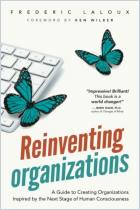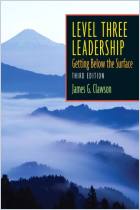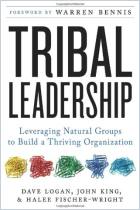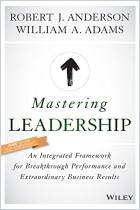
Spiral Dynamics
Mastering Values, Leadership, and Change
Recommendation
Management consultants Don Edward Beck and Christopher C. Cowan based this 1996 study on potentially game-changing work that professor Clare Graves completed 30 years earlier. The authors describe a series of spirals as the basic construct in the life cycle of a person, organization or nation. All the spirals or levels in this “spiral dynamic” system can be present simultaneously, and they are infinite – they place no limit on human or group development. Anyone who has worked with other people will find that spiral’s levels look familiar and make sense. A less useful book might end by describing the levels and their values or “memes,” but here, the authors supply dozens of examples and a detailed blueprint for putting knowledge of the levels into practice to help people and groups change. While smart and applicable, the book is difficult to parse: It is stylistically flawed, the editing is shaky and the structure is baffling. After reading the introduction and chapter 1, readers should skip to section 3 – a rich, interesting description of each level on the spiral. After this, getAbstract finds, reading chapters 2 to 8 – which cover the actual application of spiral dynamics – will be far more rewarding.
Summary
About the Authors
Management and change consultant Don Edward Beck co-founded the National Values Center, where consultant Christopher C. Cowan is director. Cowan implements the Spiral Dynamics framework for organizations worldwide.



















Comment on this summary or 开始讨论